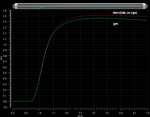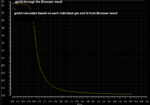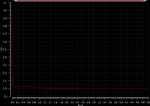AMSA84
Advanced Member level 2
- Joined
- Aug 24, 2010
- Messages
- 577
- Helped
- 8
- Reputation
- 16
- Reaction score
- 8
- Trophy points
- 1,298
- Location
- Iberian Peninsula
- Activity points
- 6,178
Hi guys,
I've started studying the gm/Id method and I've already all the material needed (I think). I have just read 3 papers on this and I have a doubt.
I have seen some plots with the n factor.
Do anyone know what's this about and where or how can I get this variable?
I have managed to plot the gm/Id. Now I need to understand this n factor and the Inversion coefficient.
Regards.
I've started studying the gm/Id method and I've already all the material needed (I think). I have just read 3 papers on this and I have a doubt.
I have seen some plots with the n factor.
Do anyone know what's this about and where or how can I get this variable?
I have managed to plot the gm/Id. Now I need to understand this n factor and the Inversion coefficient.
Regards.



